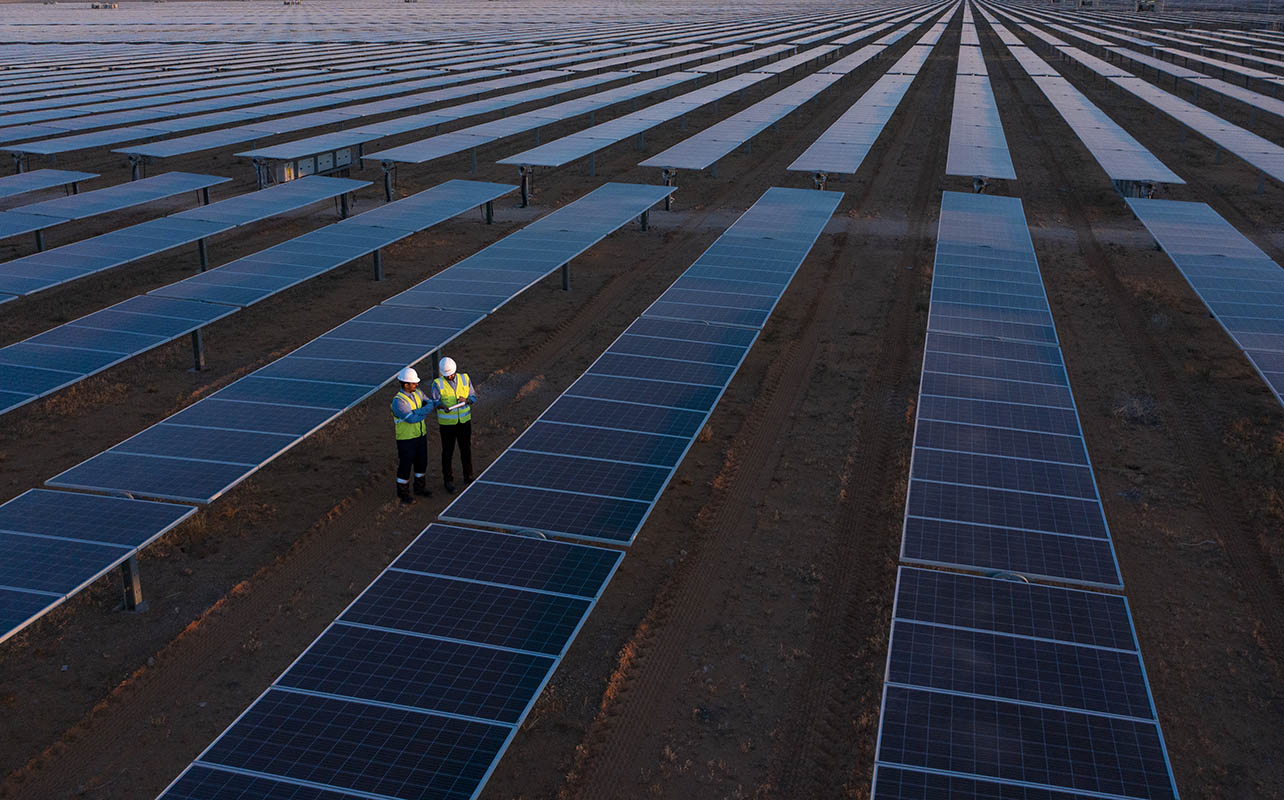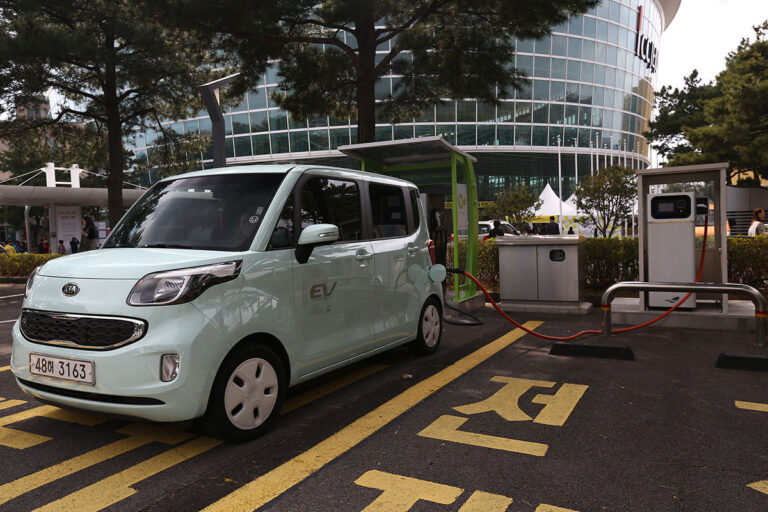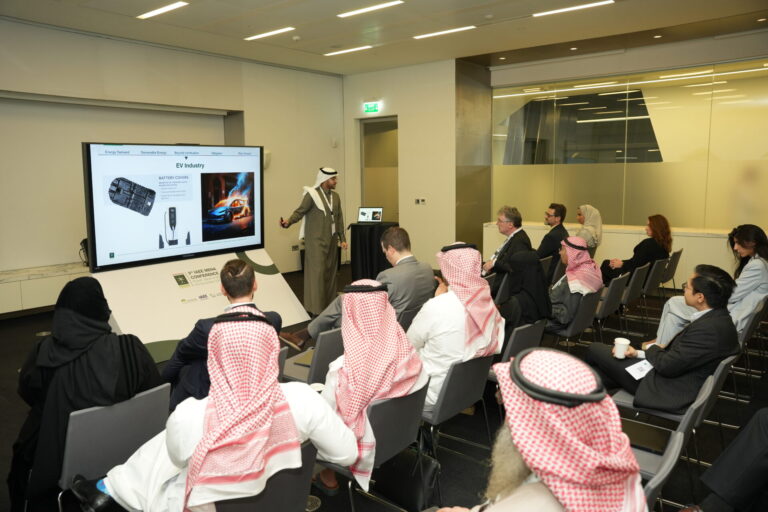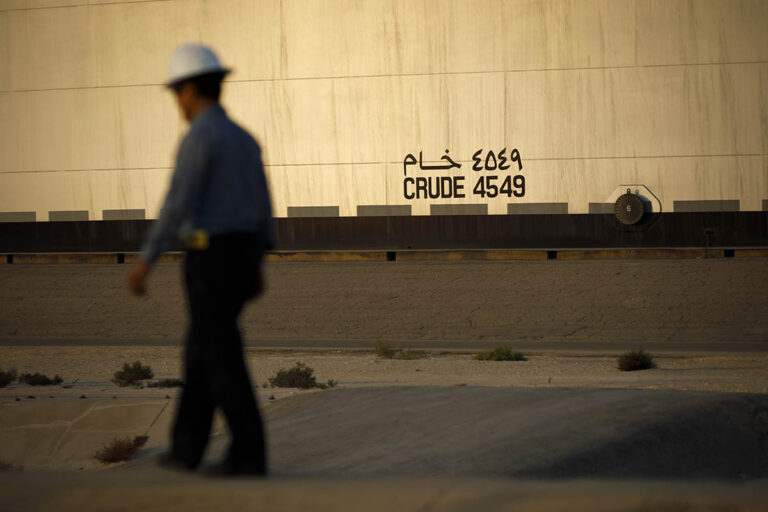More than $1 billion per year could be saved on generating electricity by the Gulf Cooperation Council (GCC) and its neighbors if they cooperate on hourly cross-border trading, a new KAPSARC study has found. The study mapped out the benefits of a more integrated energy market, illustrating how such cooperation could maximize the region’s potentially vast solar and wind resources as it transitions to green energy.
Since the 2000s, the GCC—a regional, intergovernmental union of six gulf states—has been gradually linking its power grids. The benefits are well established: when one country approaches peak demand, it can tap into the electricity supply of its neighbours, avoiding costly outages and maintaining grid stability. This practice is gaining traction worldwide, with regions across Europe, West Africa, and Southeast Asia, increasingly connecting their grids to optimize energy use and enhance efficiency.
“Different countries, depending on their geography, industrial base, and consumer base, use electricity at different times,” said Frank Felder, an energy policy analyst and visiting researcher at KAPSARC who co-authored the research paper. “A particular country may be overproducing and have excess supply, which can be sold to a neighbouring country,” said Felder.
Electricity trading typically lowers prices of, as it allows a more efficient generation of power. Additionally, it reduces the need for investment, since fewer power plants can service a larger area.
“With electricity, you have to produce it at the time it’s needed,” said Marie Petitet, a senior fellow at KAPSARC focused on utilities and renewables and another co-author of the paper. “You can’t easily store it. Because of that, you usually have to install a lot more capacity than what you need for most parts of the year.” That can leave costly power plants sitting idle during off-peak times.
The GCC Interconnection Authority connects its member countries—Saudi Arabia, Kuwait, Bahrain, Oman, Qatar and the United Arab Emirates—through a network of roughly 1,000 kilometres of overhead lines and submarine cables. Saudi Arabia, the region’s largest power producer, is at the center of plans to expand this connectivity. Ongoing projects aim to link the kingdom to nearby Egypt, Jordan and Iraq.
“We are looking at how the Saudi power sector can transform in the future. And while doing so, it’s more and more important to also understand the interaction that the Saudi power sector can have with its neighbors.”
Marie Petitet
“We are looking at how the Saudi power sector can transform in the future. And while doing so, it’s increasingly important to also understand the interaction that the Saudi power sector can have with its neighbors,” said Petitet.
So far, the GCC electricity trade volumes are small. The GCC mostly engages in ‘in-kind’ electricity trading. In other words, a country like Kuwait will draw on the shared grid on a hot day when demand spikes, and later ‘repay’ by injecting an equivalent flow into the grid once temperatures cool. Compared to the current situation, there is considerable potential for additional trade.
In the paper, KAPSARC researchers sought to determine how much the six GCC countries and their three neighbours would benefit from a more dynamic electricity trading, where the power is regularly priced and sold. They developed a bespoke economic dispatch model to determine the most efficient allocation of the region’s power resources, in 2030. They projected the region’s electricity demand, power generation units, and transmission capacities, based on projects that are set to come online before or in 2030.
When it comes to electricity trading, the most efficient system is ‘hourly market coupling’. This involves an algorithm taking bids and working out a market-clearing price on an hourly basis based on supply, demand, and grid capacities at the time.
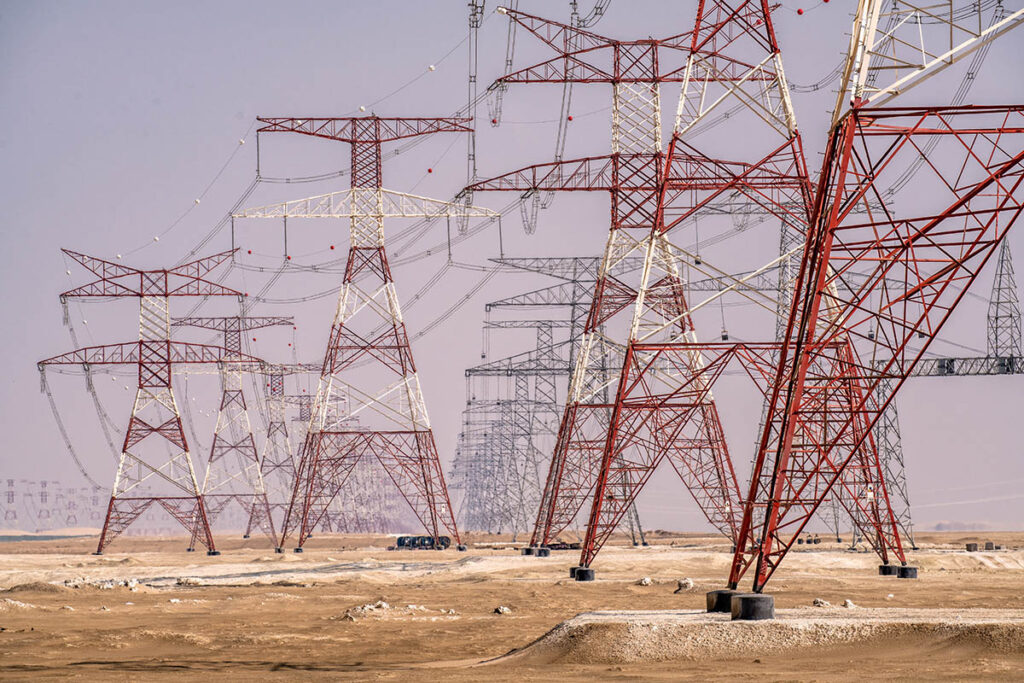
Were all nine countries considered in the study (such as GCC countries, plus Egypt, Iraq and Jordan) to engage in hourly market coupling, they could lower their variable generation costs by 1.6%, saving $1.1 billion compared to a baseline of no trade. That figure drops to about $275 million if hourly market coupling is implemented only among the six GCC countries. Variable generation costs refer to the direct expenses associated with producing electricity, like fuel and maintenance costs at power plants.
Hourly market coupling also reduces what’s known as renewable energy curtailment—when electricity from renewable sources like wind and solar is throttled down because there is nowhere for it to go. The study found that renewable curtailment decreases by 34% if all nine countries were trading hourly.
“Trading helps deal with the variability of wind and solar,” said Felder. “When you can move energy across regions, you can take advantage of the fact that the wind is blowing in one area, but not the other.”
As part of its Vision 2030, Saudi Arabia wants 50% of its installed power capacity to draw from renewable resources. That requires adding about 20 GW of renewable capacity per year to reach 130 GW by 2030. Its goal is to achieve net zero greenhouse gas emissions by 2060.
The study found that the nine-country hourly coupling trade would also reduce carbon emissions by 8 million tons, or 1.6%.
While hourly market coupling may come with enormous benefits, it is difficult to set up. It requires multiple countries to agree on regulation, develop the required complex algorithms, and establish legal agreements on resolving disputes, among other major hurdles.
Given these challenges, the researchers also examined how the region might benefit from bilateral trading contracts as a middle ground solution until a more integrated market is developed. They focused particularly on Saudi Arabia and Egypt, the two countries most likely to benefit from trade.
During summer months, Saudi Arabia produces relatively cheap solar energy during the day that can be exported to Egypt. At night, the situation is reversed: Egypt produces relatively cheap gas-powered electricity, which it can supply to Saudi Arabia. A new 3 GW interconnection, that is set to be the region’s biggest, will facilitate this exchange. It is expected to come online in July 2025 and reach full capacity in 2026.
In the hourly coupling model, trade between Saudi Arabia and Egypt accounted for 20% of the overall economic benefit, equating to $210 million per year. That’s the best-case scenario. But what if hourly market coupling is not an option? The research suggests that a well- designed bilateral contract can still capture much of the potential value.
Specifically, contracts based on daily energy consumption patterns for each month could capture up to 58%of the trade value, or $122 million per year. However, the contracts become less effective as they are defined with less granularity. For example, in contracts based on fixed monthly value for the energy flows would capture only 12% of the trade value, or $26 million per year.
“The takeaway is that this can be done in small steps,” said Felder. “You can start with longer term transactions or bilateral contracts between two countries. That sets up the trading infrastructure, the agreements, the confidence and the trust, and then you can expand those arrangements to be more tailored.”
Reference
Petitet, M.; Ricaud, B.; Felder, F. and Elshurafa, A., How can bilateral contracts support electricity trade? A regional electricity model perspective for the GCC plus Egypt, Jordan, and Iraq KAPSARC, Discussion Paper, June 2024 | Article

